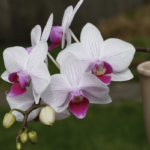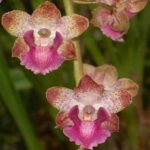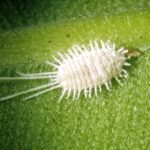Cattleya walkeriana is one of the most famous species in the Cattleya genus.
Considered by many growers to be the most perfect orchid due to its characteristics, this is a Brazilian orchid.
Cattleya walkeriana was discovered in 1839 by the physician and botanist George Gardner. The name “walkeriana” is a tribute to his colleague Edward Walker, who accompanied him on a 5-year expedition (1835-1841) Gardner made through Brazil.
It was discovered near the São Francisco River in the state of Minas Gerais and can currently be found in the following states:
- Minas Gerais
- São Paulo
- Goiás
- Mato Grosso
It is always found in humid areas, near lakes, rivers, and sometimes swamps, always at altitudes below 1800 meters (5905,5 feet).
If you want to learn everything about this orchid and how to grow it, continue reading this article.
Learn How to Achieve Super Blooms on Your Orchids
🛑 If you love orchids and you're tired of not being able to make them bloom...
Then, know that thousands of beginner growers are achieving beautiful flowers on their orchids by following this method.
Click the button below to have beautiful orchids with show-worthy flowers every year. ⤵
Characteristics
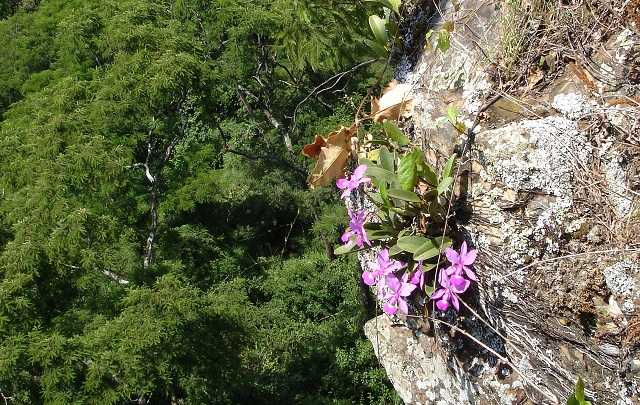
In addition to Cattleya walkeriana, this orchid has various common names or synonyms in the world of botany:
- Cattleya gardneriana
- Flower of brides
- Flower of Mary
- Mother’s flower (as it blooms near Mother’s Day)
- Winter flower
This is an epiphytic orchid, meaning that in its natural habitat, it is found growing on the trunks of trees.
Today, Cattleya walkeriana is one of the most famous species among Brazilian growers. In various regions of Brazil, orchid lover associations meet to hold competitions featuring Cattleya walkeriana.
In addition to competitions, they also hold auctions (which can fetch up to $40,000 depending on the variety of the plant).
Probably the main varieties of this genus are:
- Walkeriana princeps
- Walkeriana feiticeira
Princeps was discovered in 1877 by a Brazilian named Barbosa Rodrigues. Feiticeira is an extremely rare orchid that attracts orchid lovers from all over the world. Other very famous varieties of this orchid include:
- Alba
- Semi-alba
- Albescens
- Suave
- Lilás
- Lilacínea
- Suavíssima
- Coerulescens
- Vinicolor
- Coerulea
- Rubra
Many of these varieties are famous among growers worldwide, especially the Japanese, as Japan is one of the largest importers of this plant.
Cattleya Walkeriana Feiticeira
Now let’s talk a little more about Cattleya walkeriana feiticeira. This is an extremely rare and interesting orchid due to its characteristics.
It was discovered in 1960 by José Dias de Castro, and this was the only specimen of the walkeriana feiticeira found in nature to date.
For several years, growers have been trying to multiply it in various ways, but they are not having good results.
The big problem is that a way to mass-produce it has not yet been discovered.
Therefore, there are few species of this variety in the world, all of which come from the original orchid of José Dias de Castro, as the orchids generated by crossing are infertile.
One curiosity about this orchid is that it can easily be sold for more than $1,000.
Flowers
Without a doubt, one of the main characteristics of Cattleya walkeriana is its flowers.
They are very beautiful and stand out from other species of Cattleya due to their size.
Normally, its flowers have a size of 8 to 12 centimeters (3,14 to 4,72 inches) and appear about 2 or 3 per pseudobulb. Their colors can be:
- Lilac
- Bluish
- White
- Pink
- White with streaks
- Lilac with streaks
Flowering begins in autumn or winter (April, May, or June), with the peak of flowering in May. The flowers last from 15 to 30 days and have an aroma similar to cinnamon.
Cultivation of Cattleya Walkeriana
Now that you have learned the characteristics of Cattleya walkeriana, it’s time to understand more about how to cultivate it.
As mentioned, this is an orchid that can be found in Brazil.
So if you live in one of the states where it is native, this can greatly facilitate your cultivation. If it is not native to your region, don’t worry; this orchid is very resistant.
Growers from all over the world, from various regions, can take care of this orchid due to its great adaptability.
Follow the tips below and learn how to cultivate your Cattleya walkeriana.
Lighting and Temperature
Cattleya walkeriana is an orchid that thrives in warm environments. A temperature between 20°C to 30°C (68°F to 86°F) is ideal, but be very careful with excess.
Despite liking warmth, it, like most orchids, prefers indirect lighting, so do not expose it directly to the sun. It likes plenty of sunlight but without exaggeration.
To avoid mistakes in this regard, here are 3 very important tips:
- Provide temperatures between 10°C to 35°C (50°F to 95°F)
- Ensure a good thermal variation between day and night
- Read the article Spots on Orchid Leaves and learn how to identify when your orchid is getting too much or too little sun.
Remember that lighting is the main factor for an orchid to bloom.
Potting mix
The potting mixes for this orchid mainly need one characteristic.
They must be well-aerated, meaning they should allow the roots of the walkeriana to breathe. Therefore, here are some very interesting options:
- Chopped Styrofoam
- Pine bark
- Charcoal
- Gravel
- Rice husks
- Piassava
- Coconut chips
Choosing a good potting mix will help you a lot when cultivating this orchid.
Where to Plant
This is an epiphytic orchid, so know that it cannot be planted in the soil.
The ideal places for Cattleya walkeriana are pots and mainly attaching them to trees or pieces of wood.
If you want to plant them in pots, here are some options:
- Low and perforated clay pots
- Cachepots (orchids wood basket)
Clay pots have a slight disadvantage; they retain some nutrients that over time can harm your Cattleya.
Do You Want to Learn How To Keep Your Orchids Healthy And Ready to Bloom Every Year?
So, I prepared a complete guide, step by step and illustrated, that will show you:
• The secrets to getting beautiful flowers every year
• How to fight and identify pests and diseases on your orchids
• THE MAGIC SUBSTANCE for orchids and how to use it
• And much, much more.
The great news is that the manual is now available at a super discount!!
But beware, it's only for the first buyers.
Click on MORE INFORMATION below and discover the secrets to show-worthy flowers. 👇
Watering
Watering is one of the most important factors when it comes to cultivating orchids.
If you provide it in excess, your orchid will get sick, and if you water too little, it will dehydrate.
Cattleya walkeriana is a plant that loves water, so your concern will be with dehydration.
Normally, watering occurs daily shortly after the soil dries, but this depends a lot on the weather. There are some factors that can change the interval between waterings, such as:
- Humidity
- Temperature
- Potting mix
Fertilizer
- Inorganic: You can use NPK 20-20-20 (every 15 days) until the pseudobulbs grow, and after that, suspend fertilization until the end of flowering.
- Organic: Bone meal, castor cake, and bokashi are 3 excellent options.
A little before flowering starts, you have 2 options: stop fertilizing or reduce and change the fertilizer.
Divisions
Like the majority of orchids, Cattleya walkeriana can also be divided to generate other seedlings.
But it is very sensitive to this procedure. When you divide your plant, avoid the next flowering so that it can recover its energies.
To learn how to divide this orchid, watch the video below:
Pests and Diseases
Pests and diseases are extremely common in almost all orchids.
Therefore, it is important that you learn a little more about the main problems your orchid may face. In the case of Cattleya walkeriana or gardneriana, these are the main problems:
- Black rot
- Aphids
- Mealybugs
In both cases (pests and diseases), you can avoid them by providing good cultivation practices and keeping your orchids in a clean environment.
But don’t worry if your orchid has any of these problems; this is normal, but you should immediately seek information on how to combat these pests and diseases.
Conclusion
Cattleya walkeriana is one of the most famous orchids in Brazil, just like Cattleya labiata.
It stands out due to its beauty and also the feiticeira variety, which is one of the most coveted orchids in the world.
I hope that with this article, you have learned a little more about these orchids.
If you have any questions, leave your comment below, and help us spread this article to more people. Click the icons below and share it on your social networks.

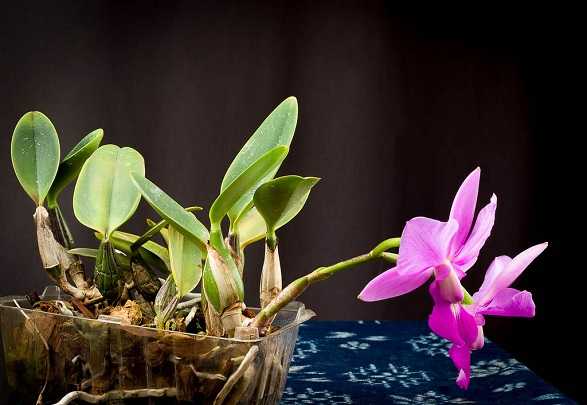
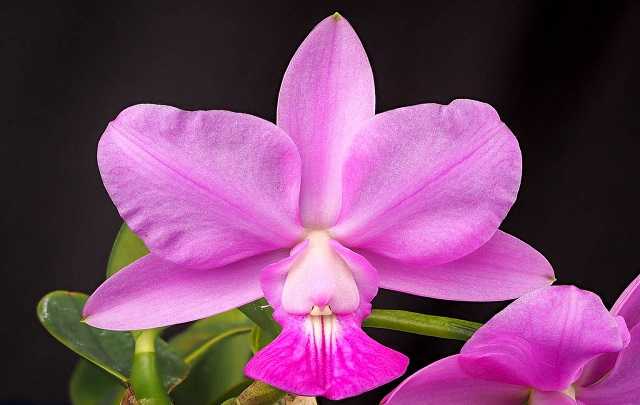
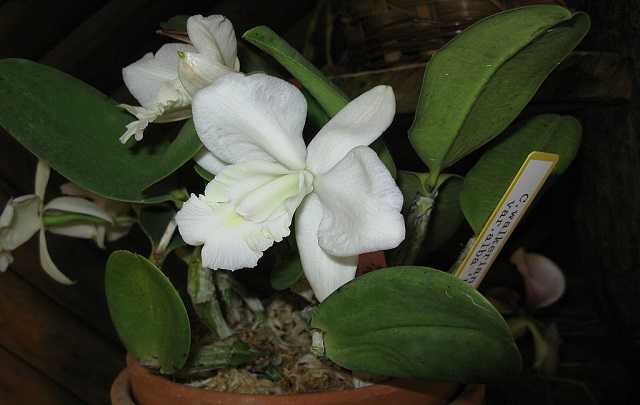
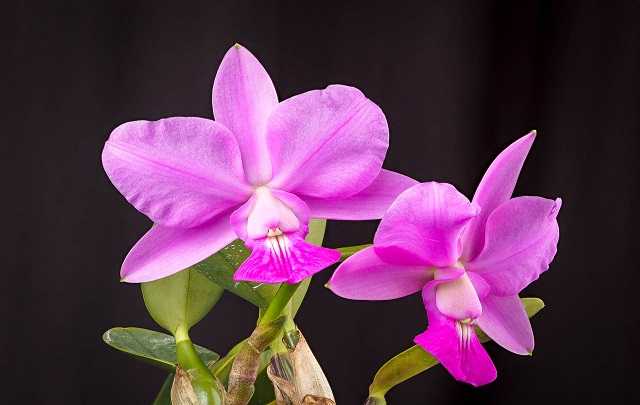
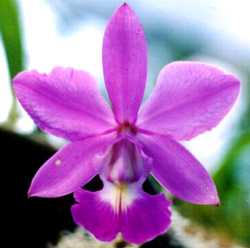
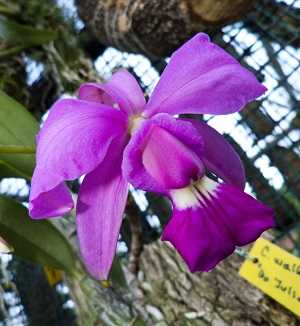
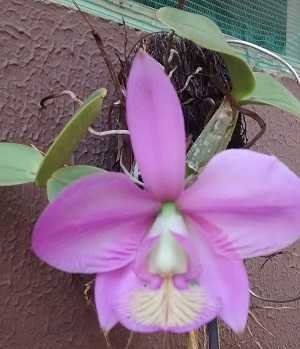
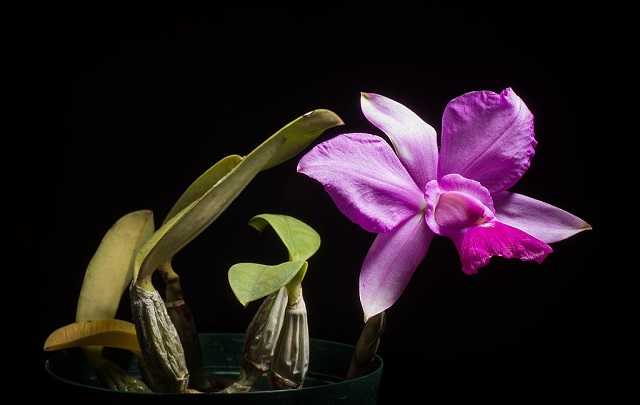
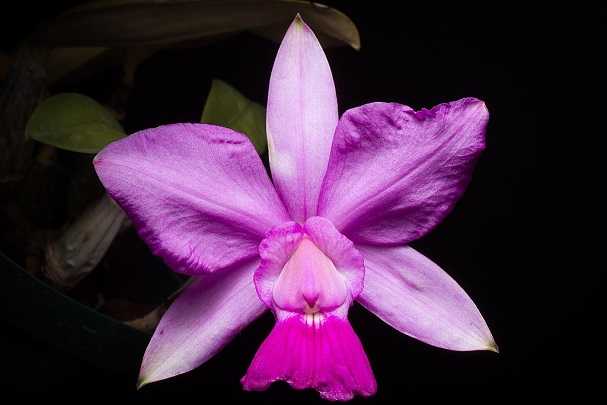

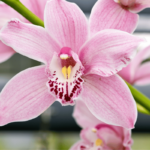

![How to Make an Orchid Bloom [Beginner's Guide]](https://planticulous.com/wp-content/uploads/2023/10/How-to-Make-an-Orchid-Bloom-featured-image-150x150.jpeg)

